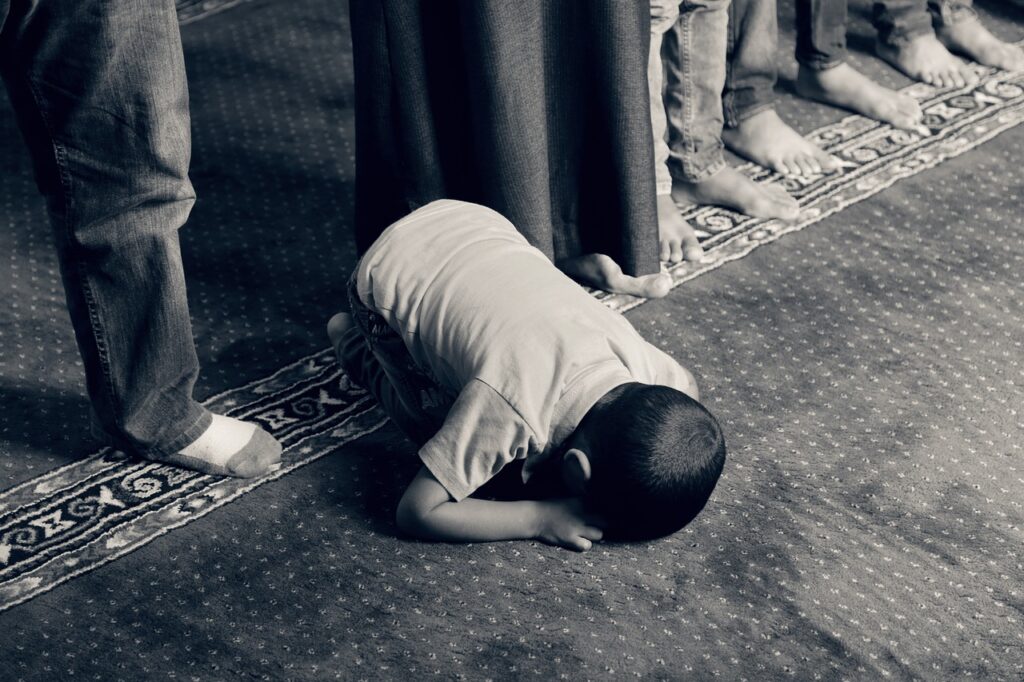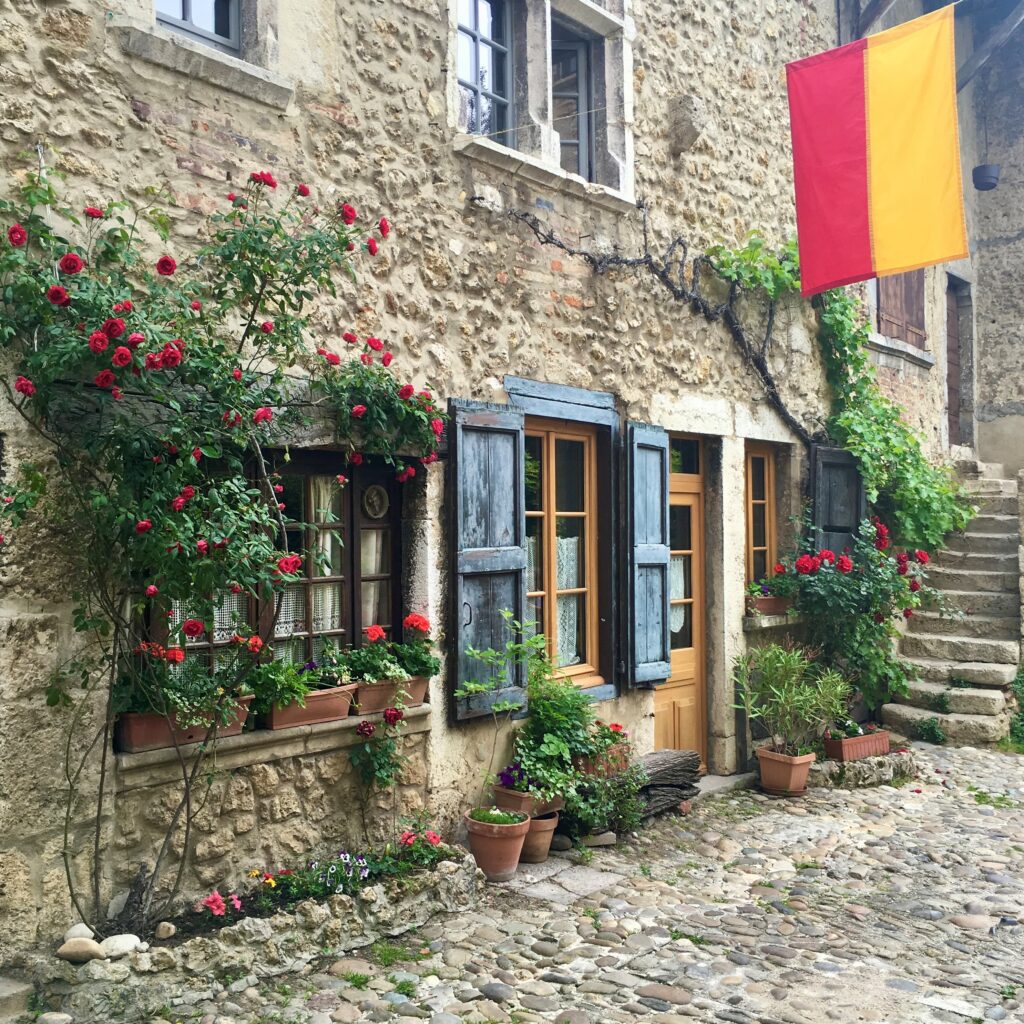Texture as Memory
 Commerce St Townhomes // Image by Ron Wommack, FAIA
Commerce St Townhomes // Image by Ron Wommack, FAIA
Texture is an inherent layer of the built environment which, at its most impactful, occupies the realm of human scale. Reflecting on this theme, the experiential aspect of texture immediately brought to mind an anecdote I read while studying architecture 25 years ago at the University of Texas at Arlington.
In his book The Changing Nature of Man, Dutch psychiatrist Jan Hendrik van den Berg recounted reading a 1953 journal entry by French artist and playwright Jean Cocteau. During an informal visit to his childhood home in Paris, Cocteau described a struggle to form a satisfactory connection when so many details seemed to have changed over the years. He eventually found himself on the public sidewalk where he recalled running his fingers along the stone wall as a child. He extended his hand and tried to recapture the experience as an adult. Frustrated with his results, he tried a second time but bent down, adjusting for his change in height:
“Just as the needle picks up the melody from the record, I obtained the melody of the past with my hand. I found everything: my cape, the leather of my satchel, the names of my friends and my teachers, certain expressions I had used, the sound of my grandfather’s voice, the smell of his beard, the smell of my sister’s dresses, and my mother’s gown.“
Van den Berg suggests that Cocteau’s memories were not of the wall, but in the wall. His memories were dormant until he physically engaged the stone with his fingers at a level that created a direct connection to his past.
After revisiting this moment from my architectural education, I wondered if other architects had similar memories or experiences. The preceding text was used as a prompt and shared with others to elicit their own stories related to texture which are included below.
Texture Is Light
One thing Bud Oglesby and Frank Welch taught us was the importance of natural light. We thought about natural light as another material. It was something that shaped and formed the projects.
One day I was in Abilene, Texas, visiting my mother. She had several mesquite trees in her backyard. I noticed when I walked under those trees there was a different kind of light. I realized the difference was the bipinnate leaf structure, one main stem with little leaves coming off it. It gives kind of a half-light.
We were working on a townhome project on Commerce Street. I thought: We have roof gardens, and wouldn’t it be nice if those spaces had that mesquite tree half-light quality. Not just solid shade, but something really light.
Chain link fence posts were cheap at the time. I played around with them and realized they were 2 – 3/8 inches. By skipping that space between posts, you got that half-light, and I thought, “Holy shit!” In my view, I connected architectural space to something in the natural world.
So, it became part of my palette. I’m always chasing that beautiful light. Texture for me is not materials—it’s light.
Editor’s Note: Ron passed away unexpectedly June 30, 2024, two months after this interview. Edited for length and clarity.
Feelings From Our Feet
Texture is perceived primarily by sight and touch. A selective cocktail of sensory connections evokes our mental and physical state in reference to our experience within space, time, and architecture. A sixth sense, proprioception (PROH-pree-oh-SEP-shən), has been defined as the perception or awareness of the position and movement of the body—where we are in space.
Haptics and proprioception represent a subsystem of nonlanguage communication that conveys meaning through physical contact, or touch. Touch sensations vary from the coarse and hard to delicate and light. It’s been proven, and our own experiences validate, that lips and feet are more sensitive to light touch. A handshake, a hug, or a kiss convey such tactile signals, evoking a positive connection.
In Western culture, the tactile sensitivity of the feet is reduced by the functional layering of socks and shoes. In other cultures, countries, and religions, people follow the tradition of removing shoes before entering a home, temple, or mosque. The textures of a prayer rug, carpet, stone, or pebbles convey direct conductance, memory, and mood of such experiences. While hygiene is an obvious basic, such ritual transcends in other manners, as a sign of reverence, humility, and respect. Muslims and Hindus also believe that by taking off the shoes, together with all of their mental darkness, ego, and crookedness of the outer world, the receptive capacity of the mind increases. It represents an ablution of impurities in the presence of the divine. Shedding shoes before entering a home represents both a functional and symbolic gesture implying transformation from impure to pure, guarded to welcoming, singular to communal, bound and unfocused to comfort and memory. It creates a heightened proprioception and sense of one’s being, the texture and tooth of such space.
Several years ago, I designed a mosque for a Bohra Muslim sect, the Anjuman-e-Najmi, in Dallas-Fort Worth. Upon completion of the mosque, thousands of members—both local and international—attended the inaugural celebration and blessing of its opening. Dr. Syedna Mohammed Burhananuddin, the Bohra Muslim holy leader who is the equivalent of the Catholic Pope, led the service. Being the only non-Muslim attending, I was honored at one point, wrapped in a ceremonial shawl and barefoot among His Holiness and all present.
After my portion of the celebration concluded, I walked to my car, parked many blocks away. Once there, I only then realized I was still barefoot, with the sudden association of being in a heightened state, oblivious and unbothered by wearing no shoes nor by the temperature and texture of the surface beneath. Returning the next day to follow up on post-construction issues and hopefully collect my shoes, I found them among racks and piles of hundreds of other unclaimed pairs, likely a serendipitous memorial to our collective euphoric, haptic experience.

Local Stone
It may sound corny, but I am a sucker for a medieval village. I love the stone streets, the stone walls, the slate roofs, the worn steps—patina, the texture of age. Something about the exploration of tight alleys, steep walkways, cathedrals, and castles makes my heart pitter-patter. If a village happens to be encircled by a fortified wall, even better! I have explored my share of these small- and medium-scale villages throughout Europe, and no two are the same.
During a driving trip through France with my husband, we passed through a series of towns where all the stone buildings were consistent in color. A few kilometers later, a new monotone village stood out. It was constructed from a different stone. The new hue and texture intrigued me. The simple act of using a locally sourced building material is not only sustainable and practical but can also create such a beautiful sense of place.
Don’t get me wrong. I don’t want to go back in time. I enjoy our modern-day luxuries. And I especially enjoy a well-executed modern architectural element inserted into a medieval structure. But there is just something about the texture that layers of history create that cannot be duplicated.


Good Vibrations
I often think of Beethoven’s ability to compose great music despite being deaf. Sound being a collection of vibrations, Beethoven was able to feel what he could not hear and thereby “heard” it even better. It makes one wonder if architecture is also a collection of vibrations that might be better felt than seen.
Back in school at the beginning of my never-ending education in architecture, I made many visits to the Trinity University campusto to understand how such a wonderful place could result from the simplest of forms and materials. These visits were usually days away from the end of another semester in which not a lot of effort had been expended and some force majeure was needed to save my bacon.
However, any inspiration gleaned from O’Neal Ford never materialized in my projects. The day before the deadline, my buildings invariably looked like shoeboxes. I would add some angles, prepare my spiel, and think about alternative professions.
Years later during my continuing struggle with architecture, I was walking down an alley when a coyote startled me and I drew back hard against the wall, banging my head. As I sank to the ground, dazed, I could feel every course of brick, and I realized that the shoeboxes I once drew were not O’Neal Ford buildings at all. What I had drawn, without knowing it, was the essence of Ford’s architecture—the individual bricks.
